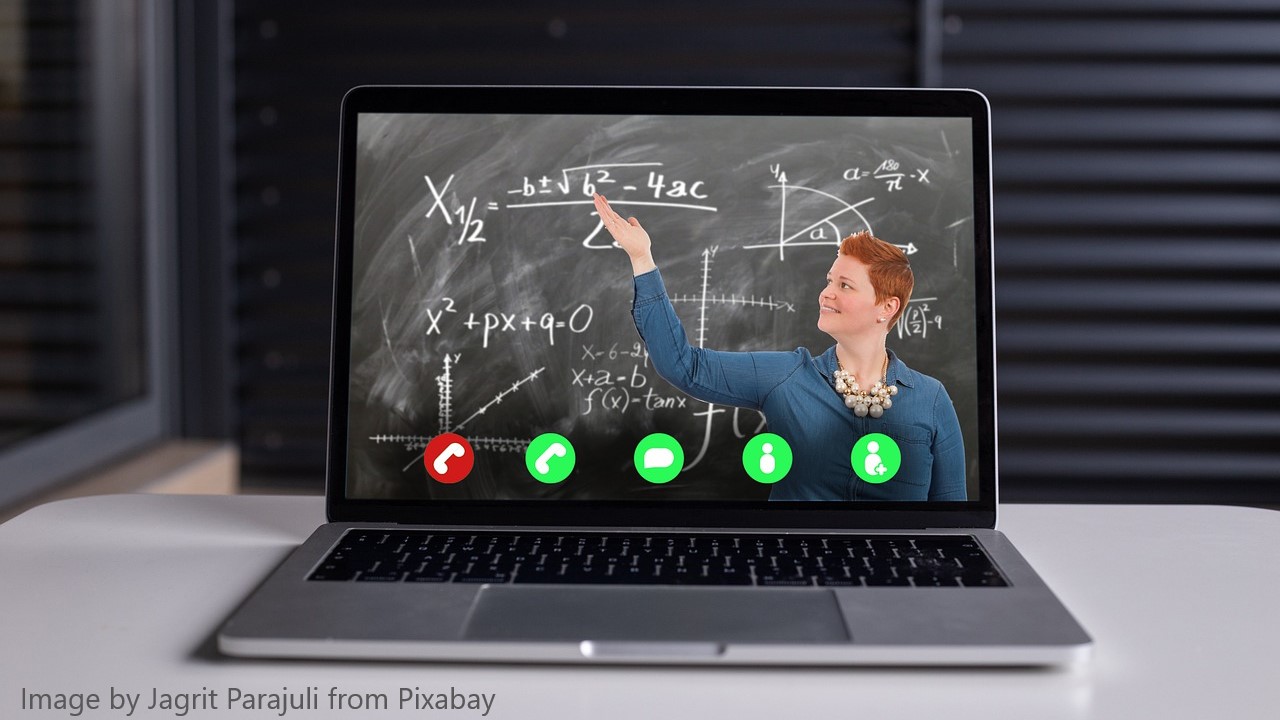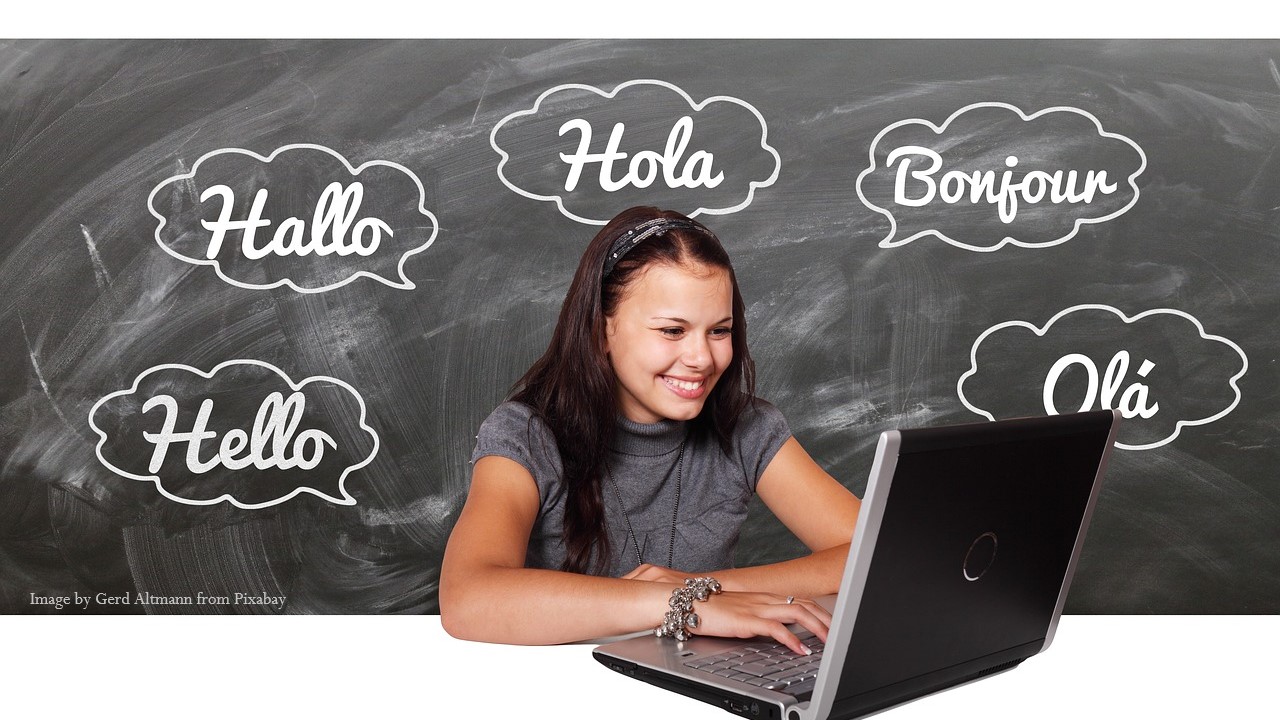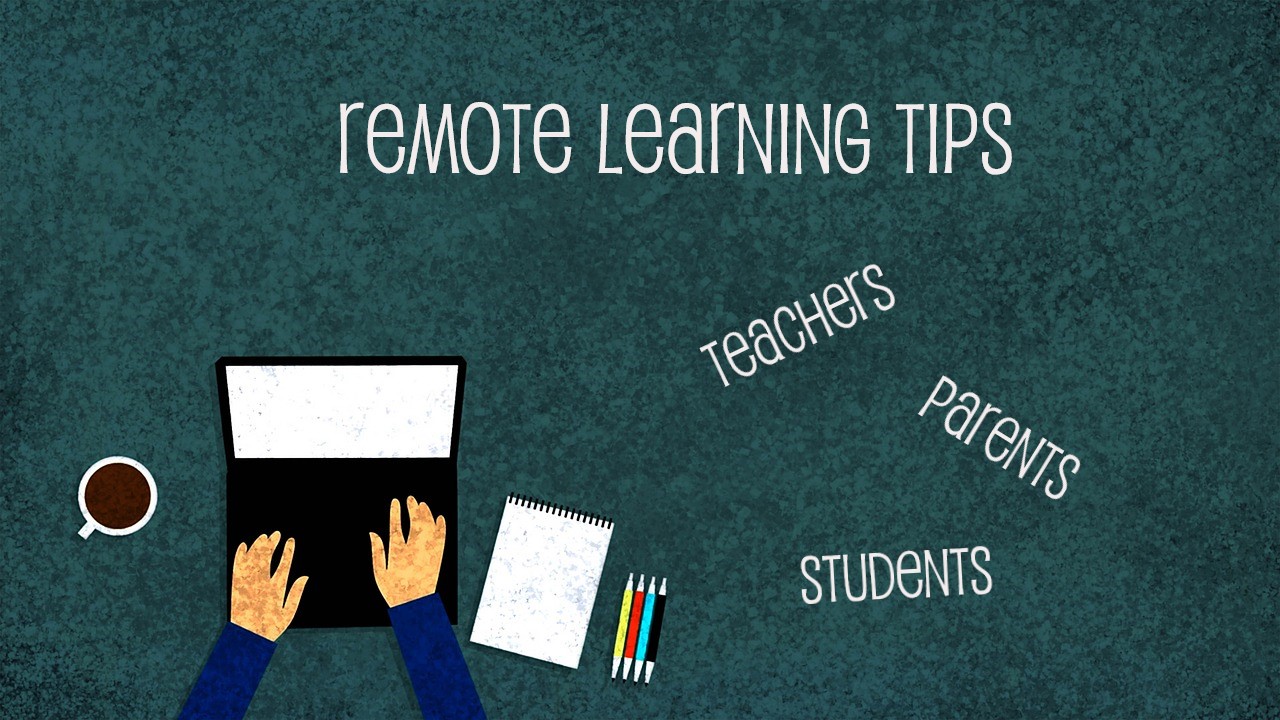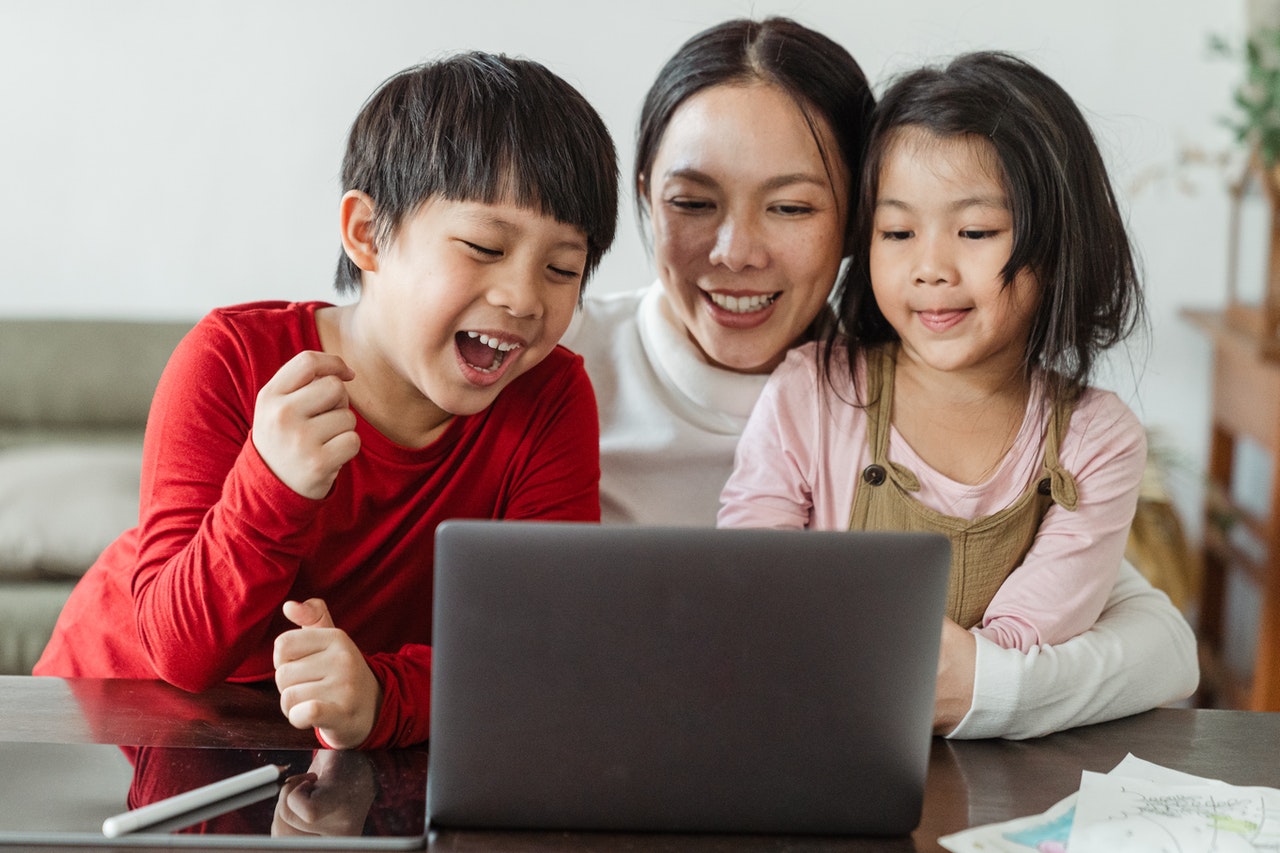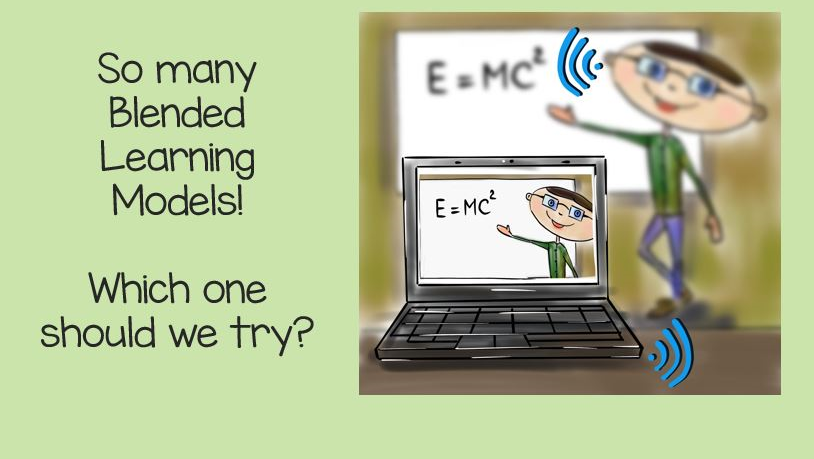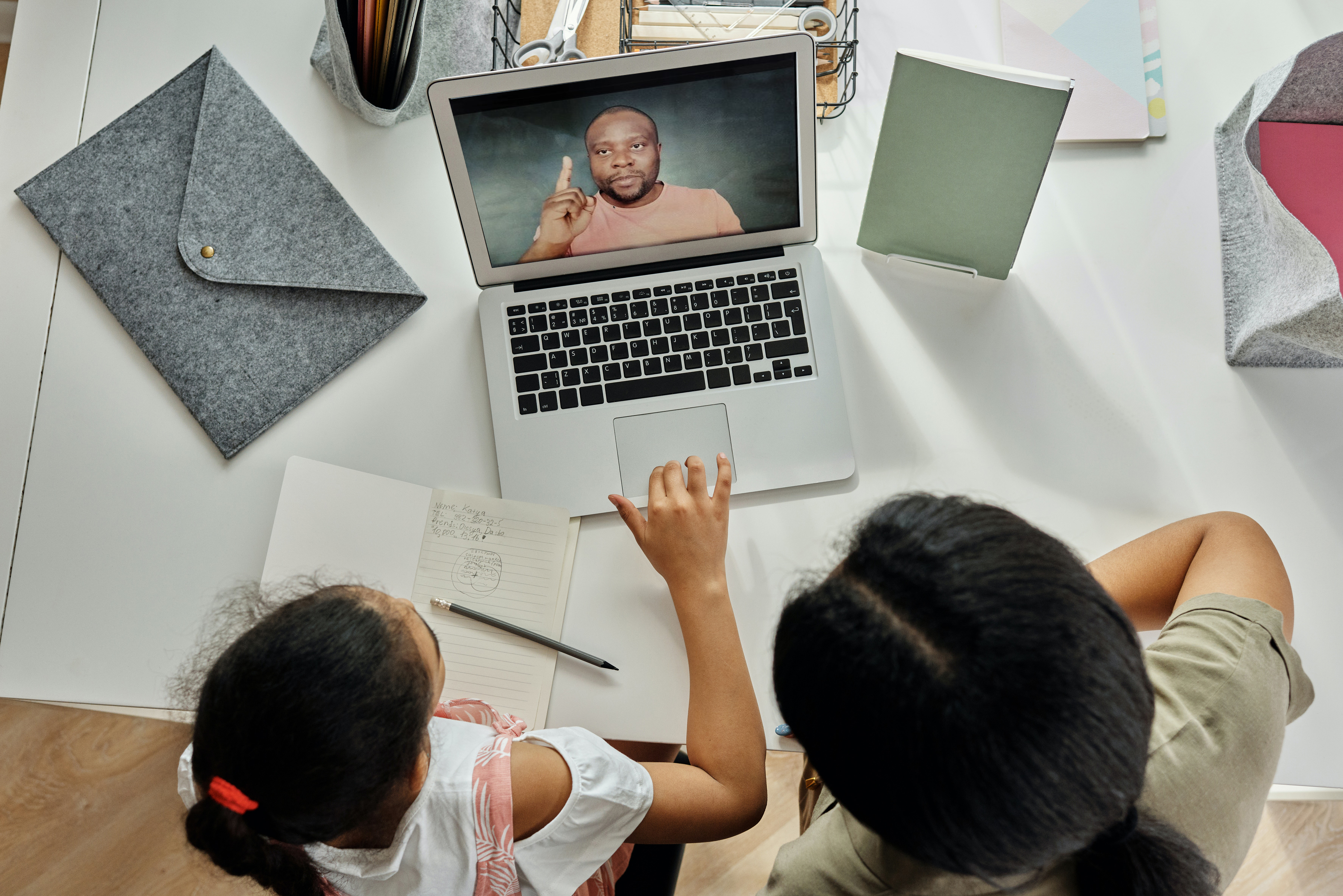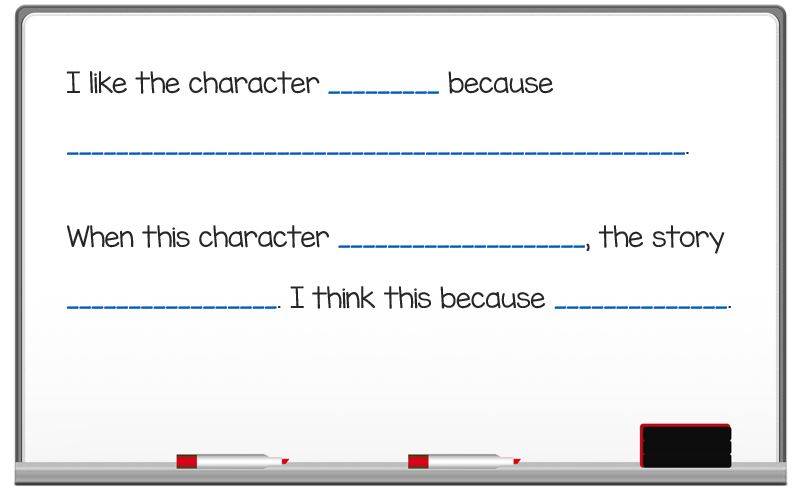Coming into this new school year has been a mixed bag of emotions for everyone: anxiety, disappointment, frustration, excitement, sadness. Because many schools are starting the year with remote learning, add stress and hopelessness to the list especially for those juggling more than one child in school, work responsibilities, and maintaining some semblance of balance at home. There are quite a few social media posts of children trying hard to be excited for learning online but struggling (haven’t we all seen the little boy lying across his chair out of view of his teacher during a virtual session?!). Understandably, this leads to concerns of substantial learning loss for our students.
Topics: Student Engagement, distance learning, student learning, remote learning
Talking about math is more than merely describing the steps in solving a problem (“First, add the ones, then the tens. If you need to regroup, do that.”). Math discussions are focused on the process of working towards a solution, understanding how others’ think about that process, and developing a plan for similar problems. Students should be pushed to think beyond an explanation of steps to an explanation of process, including making errors and how those were resolved. They should also be encouraged to use different methods and tools when solving a problem, then sharing these ideas with others to build a bank of strategies. In a physical classroom, this can be challenging so how can it be done while distance teaching? More than that, how can it be done successfully?
Topics: Math, Student Engagement, tips for teachers, distance learning, distance teaching, student learning
When I was in first grade – back when teachers used chalkboards and ditto machines – playing a game in class was the BEST! In SoCal, it was unusual to have rainy days but when it happened our teacher would have us play Heads-Up, Seven Up during indoor recess. I can remember hoping someone would put my thumb down so that I could guess the mystery person at the end of the round. We would play this game the entire time and groan aloud when recess was over. Playing that game was a welcome break from the months of circle time lessons and worksheets. Did I learn anything from playing Heads-Up? I didn’t think so at the time but looking back with my “teacher eye," there was communication, engagement, and reasoning involved. Of course, I doubt learning those skills was intentional but it taught me two important things when I stepped into my teacher shoes: 1) children will remember the experience of a fun and engaging game, and 2) children can learn concepts and skills, solve problems, think critically, collaborate, follow rules, communicate thinking, etc. while playing a game!
Topics: Games, distance learning, distance teaching, virtual classroom, remote learning, Game-based Learning
Strategies for Supporting Your ELLs While Remote Learning
“I think I have learned that the best way to lift one’s self up is to help someone else.” – Booker T. Washington
Topics: tips for teachers, ELL, distance learning, distance teaching, English Language Learners, remote learning
Whatever our opinions are on in-class vs remote learning, the unpredictability of coronavirus has necessitated that many districts opt for the latter to ensure the safety of teachers, school staff, and students. That being the case, the following are helpful tips for teachers, parents, and students.
Topics: tips for teachers, Parent resources, distance learning, distance teaching, online learning, student learning, remote learning
With COVID-19 cases on the rise in many states, a number of districts are opting for total remote learning for the fall (for specific districts, click the link Education Week School Districts’ Reopening Plans). What does this mean for parents who have young ones starting school for the first time? If the anxiety about starting school in person during a worldwide pandemic wasn’t enough, the prospect of starting totally online can be overwhelming. Often, parents see entering school (PreK – K levels) as an opportunity for their children to learn social skills, understand rules and routines, and set a foundation of basic skills that will prepare them for the next 12 years of learning.
Topics: Getting Parents Involved, distance learning, distance teaching, blended learning, virtual classroom, remote learning, hybrid learning
Do a quick search of the internet, and you are sure to find a variety of articles on using an interactive flat panel to boost student engagement. Really, flat panels are geared towards educators – large screen with touch technology that begs for interactivity to showcase its features. Most ‘Top 10 Teacher Tips’ will include increase classroom collaboration, take a virtual fieldtrip, prepare for assessments, and gamify for learning new concepts. But when schools closed in the spring, this awesome tech sat lonely in many classrooms. With the debate still going about the learning environment for the new school year (as of this writing, many districts have opted to start the Fall totally virtual), educators may ask, “But what about my panel?”
Topics: Education Technology, Flat Panel Displays, distance learning, distance teaching, blended learning, virtual classroom
It’s doubtful that you haven’t already heard of the concept of blended learning, but just in case, this approach combines face-to-face learning with online learning experiences. Basically, blended learning changes what has been traditionally ‘front-of-class’ style of lesson delivery to incorporating digital tools and features to create a more interactive and engaging experience. Blended learning used to be a novel idea that some teachers saw as an innovative opportunity to explore, but it has become more necessary as learners – digital natives – spend more time creating and viewing content on web-enabled devices (think Instagram, YouTube, and TikTok).
Topics: Education Technology, distance learning, distance teaching, blended learning models, online learning, student learning
Fostering Family-School Relationships with Distance Teaching
When I was teaching, I really looked forward to parent conferences. Each of my students had a folder filled with assessments, writing samples, and other pertinent evidence of learning growth (or needs for improvement). Students facilitated their conferences, talking about what was in their folders, and gaining a sense of accountability and ownership of their learning. Afterwards, I’d talk with the parent(s), grandparent(s), or guardian and inevitably get to know about other family, their work, and family plans. Parent conferences gave me a sense of deeper connection to my students through their families. That connection would start a bit at Back to School Night, but a one-on-one, sit down convo was much better than the 30-minute “this is who I am and what I expect” show and mingle in the second week of school.
Topics: distance learning, distance teaching, family, school, school community
Supporting ELLs in the Virtual Classroom - Teaching Tips and Teams
Today, you’re facilitating your weekly online lesson and the focus is transition words. As usual, your ‘regulars’ are doing what they do best – answering questions, participating in discussion, and sharing examples. Your quieter ones are sending you chat messages when they have questions or are confused. Who you’re not hearing much from are your English Language Learners, or ELLs. They are on camera, smiling through the lessons, even raising a ‘thumbs up’ when you ask the class if everyone understands. But you’re having doubts about how well they are comprehending. You can’t easily stand next to their desks and check work. Your aide isn’t there to do a double-check or ask a question in the native language to ensure understanding. What can you do to help your ELLs in a virtual classroom?
Topics: Education Technology, tips for teachers, distance learning, distance teaching, Microsoft 365 Education, distance education, virtual classroom, English Language Learners


